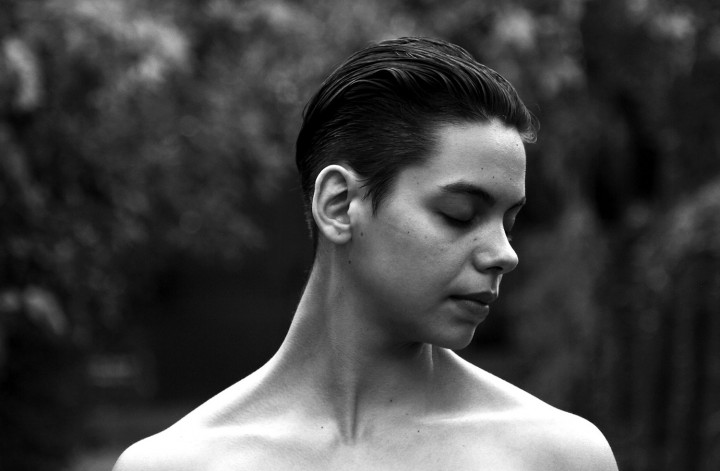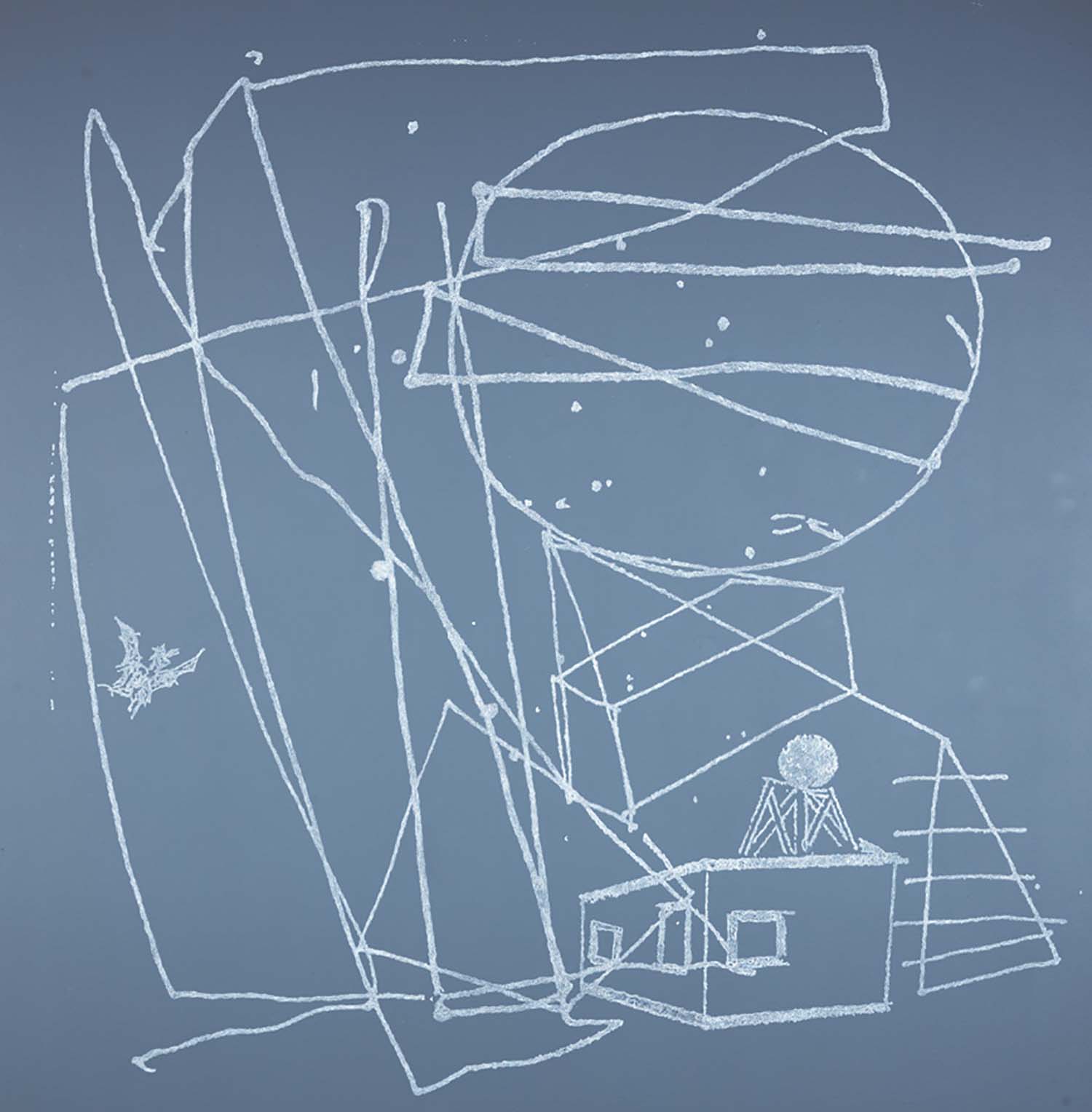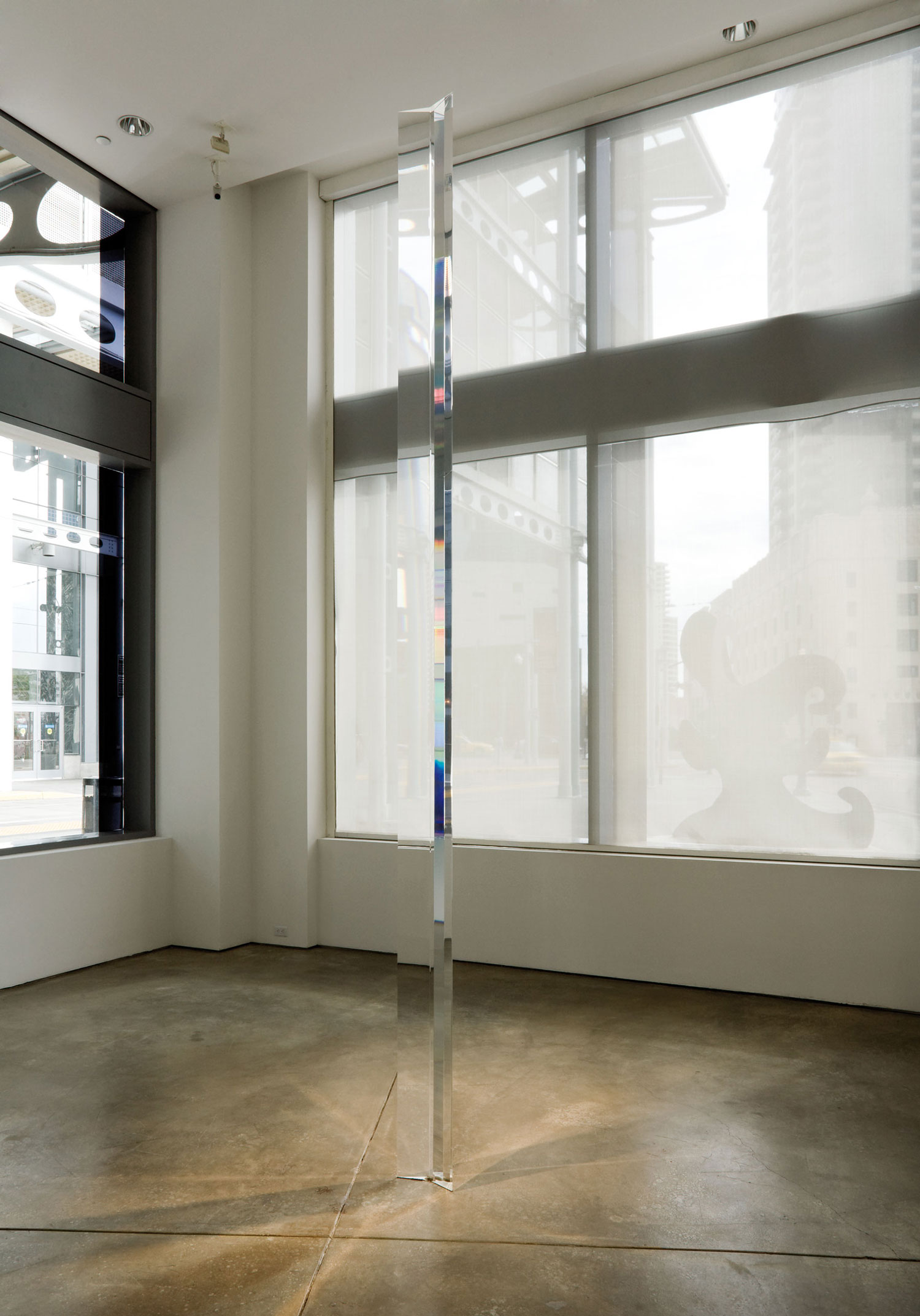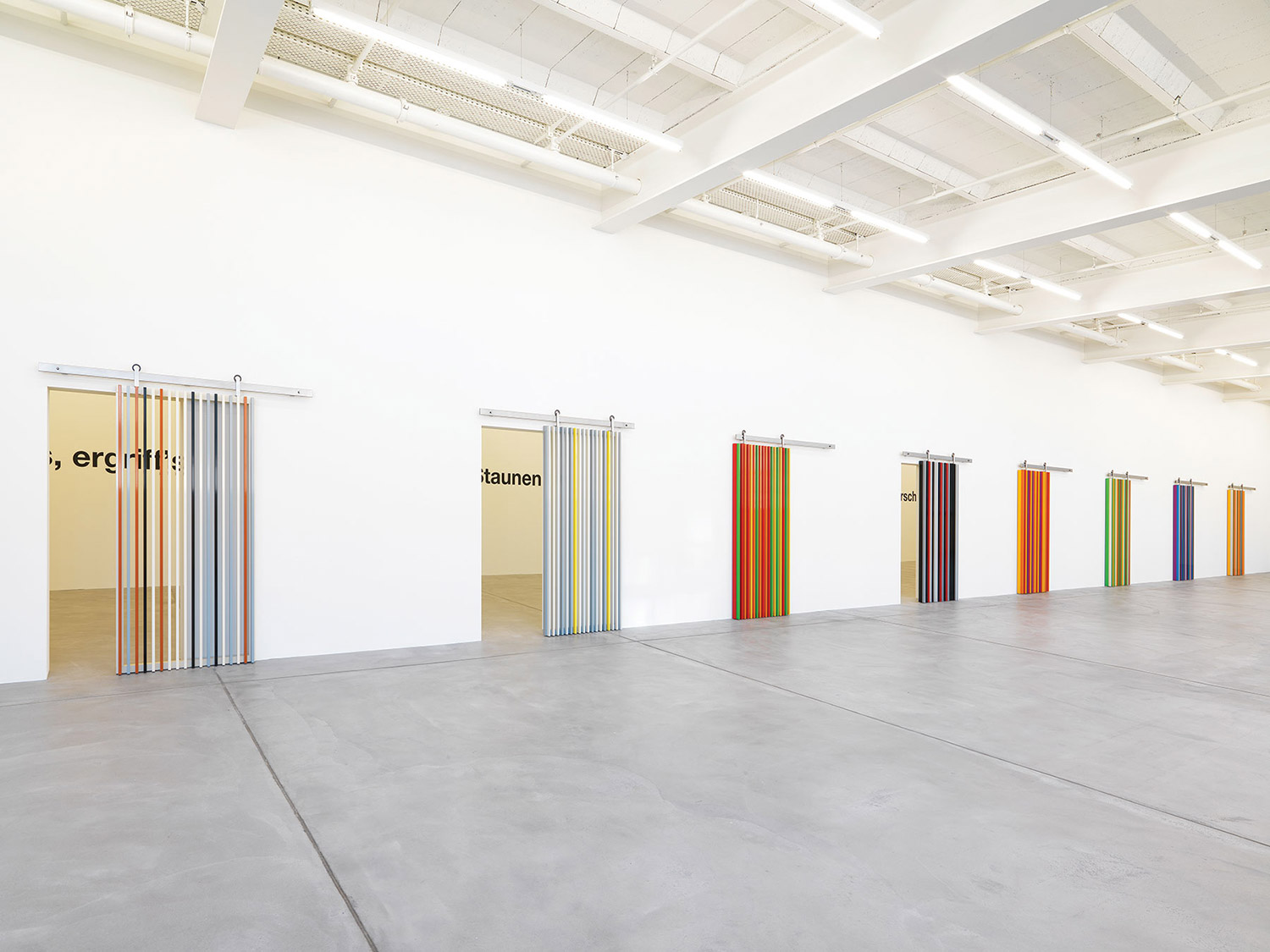
Ephemeral implies that which is brief, transitory and short-lived. One experiences it in various forms on a daily basis, from a plucked flower to perishable items. Taiwanese artists Lee Mingwei and Tsai Charwei create ephemeral works that engage in very personal yet public performance practices. They address issues of with geography, politics, religion and identity — topics that, like their works, are time-based and experienced according to context.
Veeranganakumari Solanki: Briefly describe your art practice.
Lee Mingwei: My work consists largely of participatory installations where strangers can explore issues of trust, intimacy and self-awareness on their own; and one-on-one events in which visitors explore these issues with the artist himself through eating, sleeping, walking and conversation. My projects are usually open-ended scenarios based on everyday interactions, taking different forms depending on the participants. Time is central to this process, as the installations often change during the course of an exhibition.
Charwei Tsai: I started my first series of works in 2005 when I wrote a Buddhist text, the Heart Sutra, onto ephemeral materials such as flower, tofu and mushrooms. The text then grows and decays with the various forms. Since then I have continued working with other ephemeral objects and exploring the concept of impermanence. The resulting works range from transitory moments captured in video and photography to performances and displays of the actual changing objects.
VS: What inspires you to work with the ephemeral?
LM: I am fascinated by the ephemeral in terms of both its fleeting existence and the residue it leaves behind. The way I relate to these residues is that they are simply the by-products of the process and not its documentation. I believe that in order to truly own my work, one has to experience it by participating in and changing its content. My work allows me to think and imagine in a way that is mostly free of worrying about how the project will look after the process.
CT: Ephemeral objects attract me because of their unpredictability. Working with them is always a combination of challenge and excitement due to the lack of control. For example, for a short video project, I drew a circle with Chinese ink onto ice and let the circle melt away. Each time the result is always different due to the different conditions of the ice, the ink, the temperature and even my own mental state while drawing the circle. The balance between control and accident is what I find intriguing.

VS: Do you have a preference for a particular kind of space when creating ephemeral works?
LM: I prefer working with not-for-profit contemporary art institutions, which have very little expectation regarding how the art should look. An excellent example is the Bodhi Tree Project (2009). This project was commissioned for the inauguration of the Queensland Gallery of Modern Art. I brought a cutting from the Sri Maha Bodhi from Anuradhapura to Brisbane and planted it in a garden created at the Queensland Gallery. During a four-year collaboration between the Buddhist communities in Anuradhapura and Brisbane, this unique sapling, the first to leave Sri Lanka in 2,500 years, was planted on the gallery grounds as both a public sculpture and a sacred being.
CT: Ephemeral art has been around for a long time. Chinese martial art practitioners would write with water, and Tibetan Monks made sand mandalas. The main difference is that ephemeral art historically was related to spiritual practices and not meant to be sold. Today art is replacing religion in many ways; more museums are being built now than temples and churches. The art market is one of the most arbitrary and unregulated markets, and it’s interesting how the will to spend large sums on ephemeral work is based on strong faith in the artist and the art system.
VS: Could you talk about the responses you’ve received?
LM: Artists and curators have helped me realize that my practice is different from that of others who are involved in relational aesthetics but not focused on one-on-one relationships like I am. For the Lyon Biennale 2009 I created a project called The Moving Garden (2009), which invited visitors to take a fresh flower from my installation and give it to a stranger on the way to their next destination. I was hesitant to propose this project, since the nature of the material has always been of concern to conservation departments. There are only a handful of galleries interested in dealing with my type of art. I am very fortunate that my New York gallery is adamant about presenting and supporting such art, and there are truly enlightened collectors willing to support it. Without their trust and generosity, my journey would have been very different. One of my most challenging works for collectors is Stone Journey (2009), for which I actually asked the collectors to throw away half the work as part of truly owning it. It is a decision involving considerations of ownership, control, value and loss. It is this thinking and valuing process that I believe to be the heart of the project, not the stones themselves. I have found that people in other creative fields respond best to this type of art.
CT: A wonderful experience was when I was invited to a make a work for a Buddhist temple in Singapore in 2006. Instead of bringing a work to hang on the walls, I wanted to create something especially for the site. So I wrote a Buddhist text onto a lotus plant and placed it in the corridor. People who are regular temple visitors reacted warmly to the work and saw the plant as part of the temple. They started to bring fish to feed it and prayed to the plant. It was a moving experience to see how the work came alive with the visitors’ intuitive response. Another time, I was invited to Australia to make the Mushroom Mantra, which is a similar work where I wrote the same Buddhist text (the Heart Sutra) onto fresh mushrooms. The curator Suhanya Raffel connected me to a Taiwanese monastery in Brisbane so the monks could help me with the writing. The work then evolved into a ceremonial act where the monks and I wrote on the mushrooms together.

VS: How does a private collector document an ephemeral artwork as a part of their collection? What is your involvement?
LM: A number of highly enlightened collectors, curators and public institutions are starting to challenge themselves about the meaning and process of collecting works such as mine. It really depends on the work, of course, how to best document it so it can be re-staged and still retain its essence and originality. I have chosen to be involved only at the beginning of a project when it is re-staged. The Mending Project (2009), an interactive conceptual installation using very simple elements, is now in a private collection. It has been shown at the Liverpool Biennial (2010) and will be shown at the Sydney Biennial (2012). As for public institutions, my experience of them collecting my work has always been very positive. Recently, I re-staged my Living Room Project (2000) for the new wing of the Isabella Stewart Gardner Museum in Boston, designed by Renzo Piano. The director of the Gardner, Anne Hawley, and her curators came to New York to discuss with me their desire to dedicate a large room in the new building to the Living Room Project, which I developed for the museum when I was an artist-in-residence there in 1999. It is now a part of their permanent collection.
CT: In Taiwan, where the art world is quite small, artists and collectors become very close friends. I think friendship helps to encourage collectors to understand and trust artists. Art that is ephemeral is less likely to be collected by museums there, as people tend to worry about conservation issues. Taiwanese collectors are known to be very open with the range of media that they collect. One of my works, the Mushroom Mantra, was sold to a Taiwanese collector in 2009, and the contract states that every four years he can invite me to remake the work at an event or place that we have mutually agreed upon. The contract will continue throughout my lifetime. I thought it was very courageous of him to accept this contract and I’m now looking forward to his first request!





